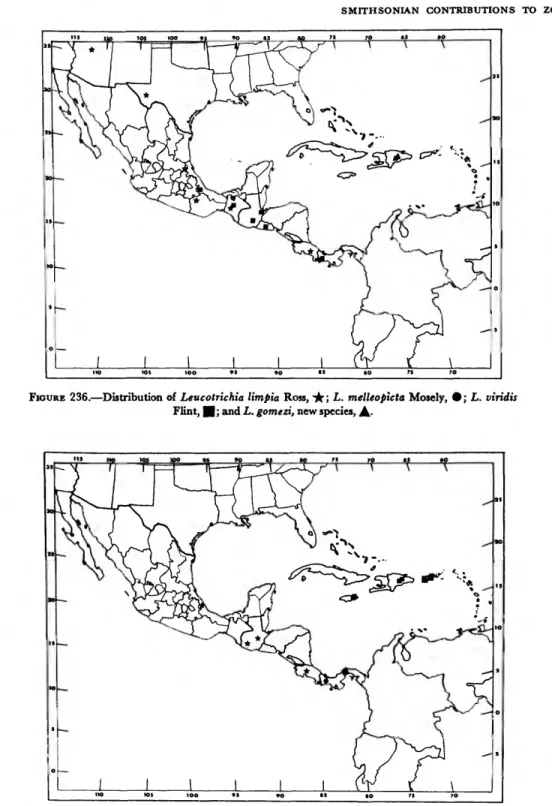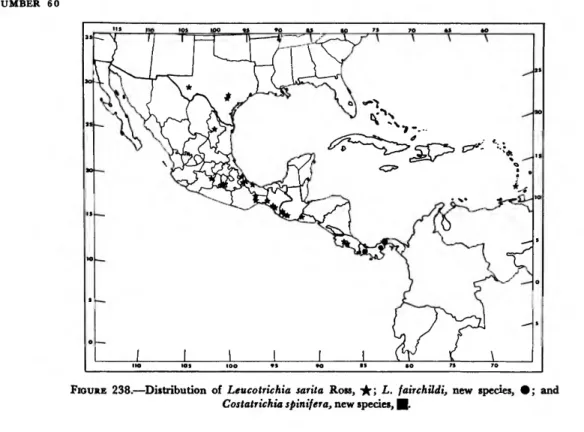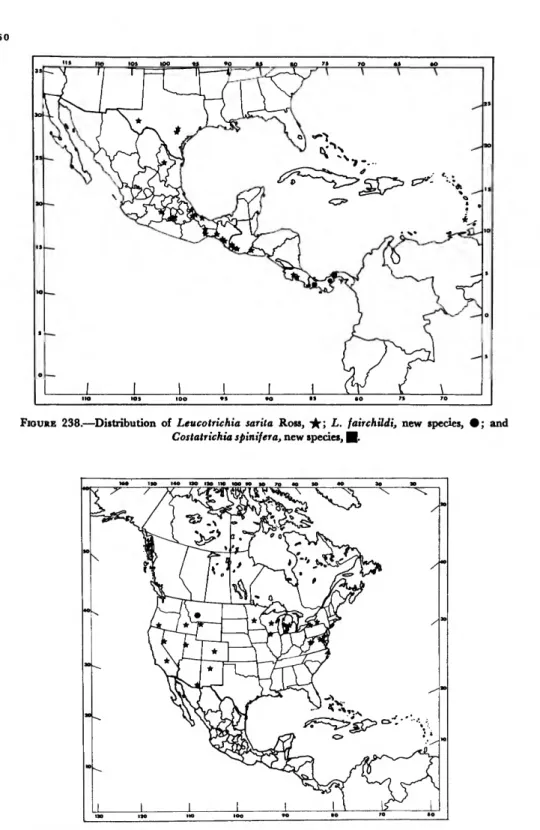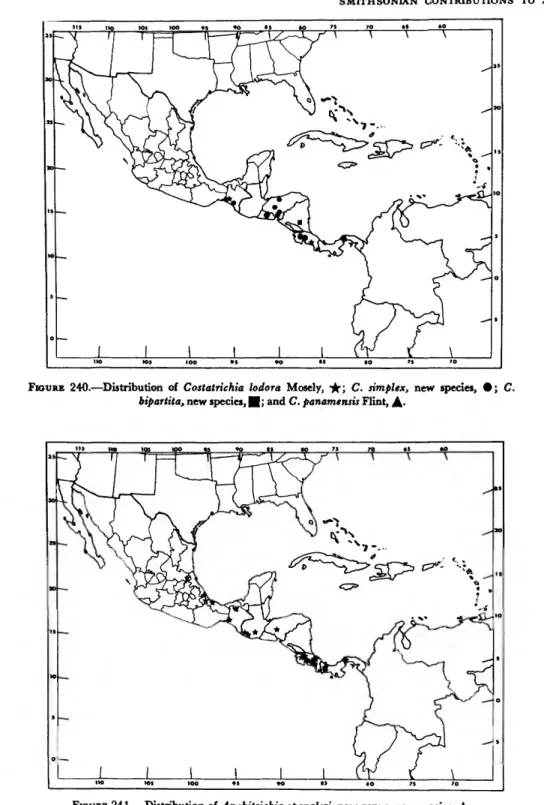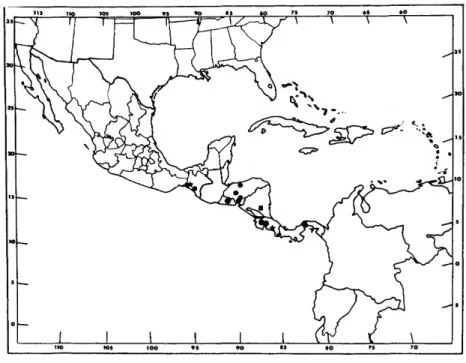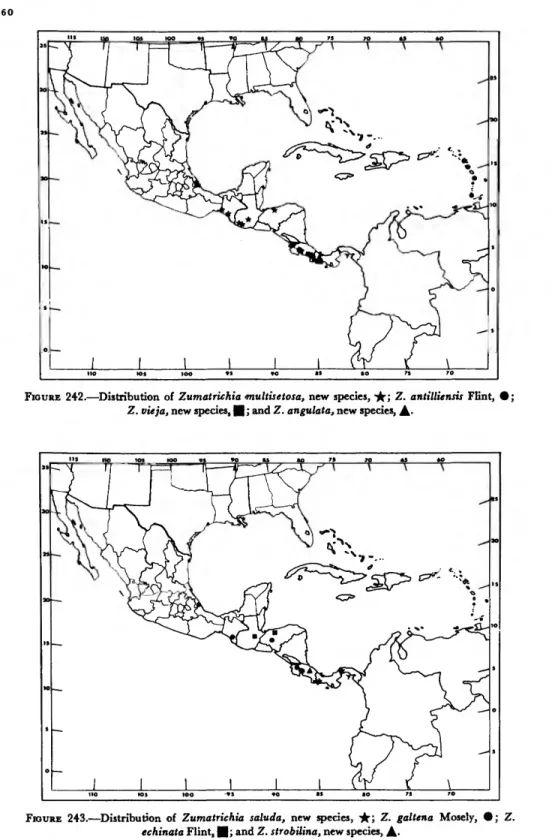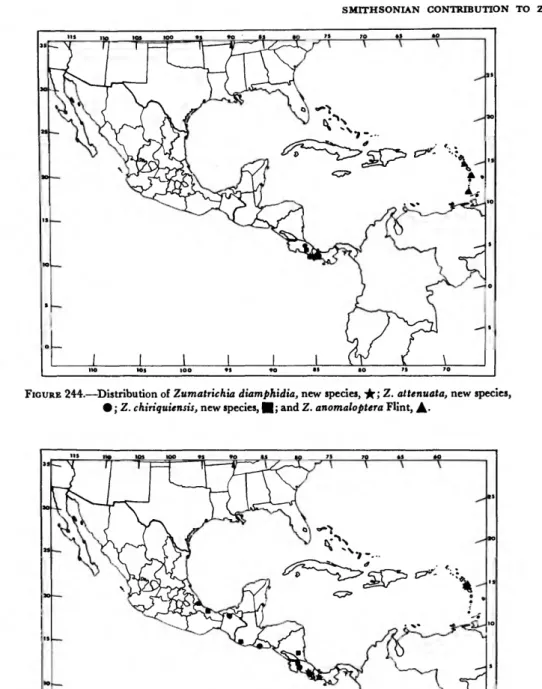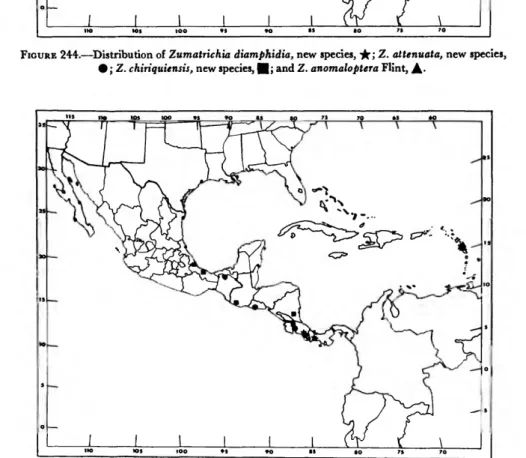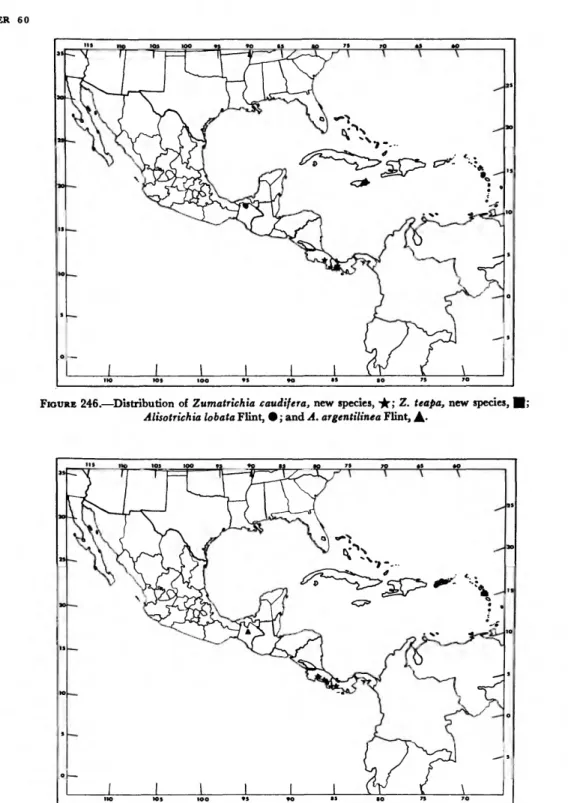There is also something characteristic about the shape of the male genitalia, although this is difficult to define verbally. However, the subfamily is absolutely distinct in the type and use of larval and pupal shelter-. Larvae are known for many species of the genus (unknown only in melleopicta, viridis and fairchildi).
There are also minor variations in the shape of the eighth sternum, claspers and aedeagus. The highly modified head of the male is unique among species of this group. In the modifications of the head, this species occupies an intermediate position between imitators and picts.
However, it is clearly related to these genera, as shown by the general structure of the aedeagus. The bifurcated shape of the claspers in this species indicates its close relationship to C. Despite the number of species included in the genus, all but Z.
The larvae also support the same relationship with Anchitrichia, but differ in the shape of the pronotum and the structure of the dorsal seta of the femur.
Posterolateral lobe of ninth segment broad and bearing many setae multisetose Posterolateral lobe of ninth segment slender and bearing 1 or rarely 2 apical setae 2
It differs in that it has shorter, wider apicolateral lobes on the clusters, and above all in the different arrangement of spines in the parietal part of the aedeagus. It differs from this species by the more slender apicolateral lobes of the clasper and by the structure of the parietal part of the aedeagus. The very long, slightly fimbriated basodorsal processes of the clasper with its mesal tooth and the angular spines of the aedeagus are characteristic.
This species is closely related to the preceding, and differs in the twisted, spiny basodorsal process of the clamp, the narrower lateral penile sheaths, and in the spines of the aedeagus. Characteristic are the simple, curved, basodorsal projection and the slightly conical posterior margin of the clamps, the rather short lateral penile sheaths and the structure of the apical part of the aedeagus. The simple, angular basodorsal process of the prehensiles and the presence of two pairs of long spines in the aedeagus will serve to distinguish these two species.
The deeply divided basodorsal process of the claws and the lack of long spines in the aedeagus are characteristic. The basodorsal process of the clasper in this species is one of the most bizarre of any seen in the genus. The shape of the basodorsal process of the clamps, lateral penile sheaths and aedeagus are all diagnostic.
This species, recently described from the Lesser Antilles, shows some similarity to the preceding one, especially in the structure of the eighth sternum. This, the type species of the genus, is clearly related to the following, but has differently shaped lateral penile sheaths, clamps and apical spines in the aedeagus. This species belongs to the filosa group and is most closely related to the next species, Z.
It is easily recognized by the very long lateral process of the eighth sternum, long clamps and long, pointed lateral penile sheaths. This species is also a member of the filosa group, the closest relative to the last described species. It differs in possessing a multidentate apex to the lateral process of the eighth sternum, a shorter and wider lateral penile sheath, and a very differently structured clasper and aedeagus.
Midleg with a preapical spur 2 Midleg lacking a preapical spur 4
It is difficult to define a genus without finding an exception in one species or another. There are, however, two characters that clearly define the genus in adulthood at this time: the lack of a tibia on the foreleg and the lack of a mid-length complex on the aedeagus. It is possible to recognize several groups of species based on adult characteristics such as the number of eyes, spurs and antennal modifications.
Several types of larvae can also be observed, but too few have been associated with the adult stage.
Abdomen with 8 tergites (including 9th) 2 Abdomen with 9 tergites 3
The lateral spines of the eighth sternum and the single structures of the tenth tergum are distinct. The bifurcate process from the lateral margin of the eighth sternum and the general simplicity of the remainder of the genitalia are diagnostic. The shape of the eighth sternum and long spine and the shape of the ventromesal complex of the ninth segment are distinct.
This species is perhaps the most distinctive of the continental species found to date and most closely resembles the island species. The elongated genital capsule, large tenth tergum and especially the structure of the aedeagus are very characteristic. This species is apparently a member of the typical group, although transitional, the third ocellus still being present.
The combination of plate-like basal antennal segments and the presence of the third ocellus are unique. All three are quite similar in appearance on the male genitalia, although they differ in details. From this it is recognized by the narrow, sharply deflected lateral process of the ninth segment, and even more clearly by the internal structure of the aedeagus.
Tenth tergum with pair of elongate, pointed sclerites dorsally, triangular sclerite laterally, and flattened mesoventral sclerite lying within mesal lobes of claspers. This is a very distinctive species, both in appearance and in the structure of the male genitalia. Leucotrichia, but the structure of the aedeagus clearly indicates that the species belongs to Alisotrichia.
The first abdominal tergum lacks the central dark mark, and the pores on the following segments are in front of the black mark rather than through it as in orophila. FIGURES 70-81.—Costatrichia tripartita, new species: 70, male genitalia, lateral; 71, male genitalia, dorsal; 72, male genitalia, ventral; 73, aedeagus, lateral. 83, male genitalia, ventral; 84, male genitalia, dorsal; 85, aedeagus, lateral; 86, wings; 87, larval thoracic note and first abdominal tergum, dorsal; 88, femur of larval foreleg, posterior.
FIGURES 90-100.-Zumatrichia multisetosa, new species: 90, male genital organ, lateral; 91, male genitalia, dorsal; 92, male genital organ, abdomen; 93, aedeagus, lateral.
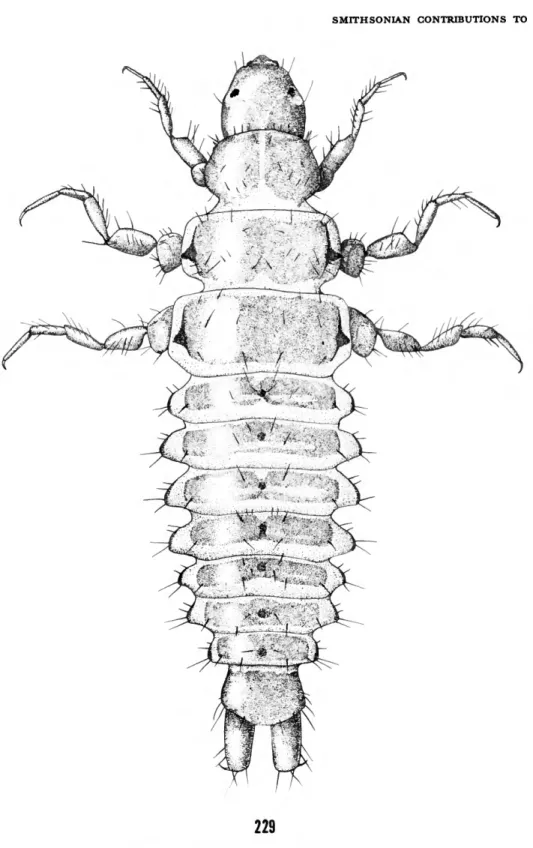
Index
Manuscripts for serial publications are accepted by the Smithsonian Institution Press, subject to actual review, only through departments of the various Smithsonian museums. If submission is invited, the following format requirements for the press will govern the preparation of the copy. An instruction sheet for preparing illustrations can be requested from the press.).
The copy must be typed, double spaced, on one side of standard white bond paper, with V/t" top and left margins, submitted in ribbon copy with a carbon copy or duplicate, and accompanied by the original artwork. There may be multiple paragraphs. to a page, but each page must begin with a new paragraph. Identify the author on the first page with an unnumbered footnote containing his professional mailing address.
An index, if required, can be provided by the author when he returns the page proofs. For easy reference, also number the taxa and their respective titles throughout the text; do not include page references in the key. In synonymy, use the short form (taxon, author, date, page) with a full reference at the end of the paper under "Literature Cited". Begin each taxon on the left margin with the following lines indented about three spaces.
Simple tabulations in the text (eg columns of data) may or may not have headings, but they should not contain rules. Formal tables should be submitted as pages separate from the text, and each table, no matter how large, should be inserted as a single sheet of copy. For measures and weights, use the metric system instead of (or in addition to) the English system.
Submit all captions on pages separate from the text and not attached to the artwork. In the bibliography (usually called "Literature Cited"), enter the titles of books, journals, and articles, capitalizing all words except for small terms such as "and, of, the." (For capitalization of foreign language titles, follow the national practice of each language.) Underline (for italics) the titles of books and journals. A non-Smithsonian author will receive 50 free copies; order forms for quantities over this amount with payment instructions will be supplied when the page proof is forwarded.
